Optimal Timing for Bamboo Removal
Bamboo removal timing depends on several factors including climate, growth cycle, and property needs. Proper timing ensures effective removal and minimizes regrowth. Typically, late winter to early spring is ideal, as bamboo is dormant and easier to extract without disrupting new growth.
Late winter and early spring are preferred for bamboo removal due to dormancy, reducing the risk of regrowth.
Removing bamboo during its active growth phase can lead to quicker regrowth, so timing during dormancy is key.
In warmer climates, bamboo may have multiple growth cycles annually, affecting the best removal window.
Removal timing may align with landscaping plans or property maintenance schedules for best results.

Specialized tools are used for efficient removal, especially during dormancy.

Dormant bamboo is less vigorous, making removal less labor-intensive.
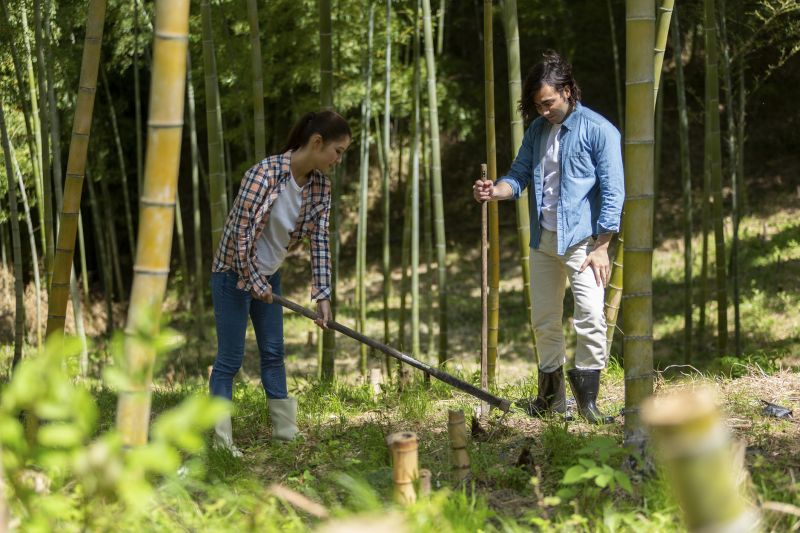
Understanding growth patterns helps determine the optimal removal period.
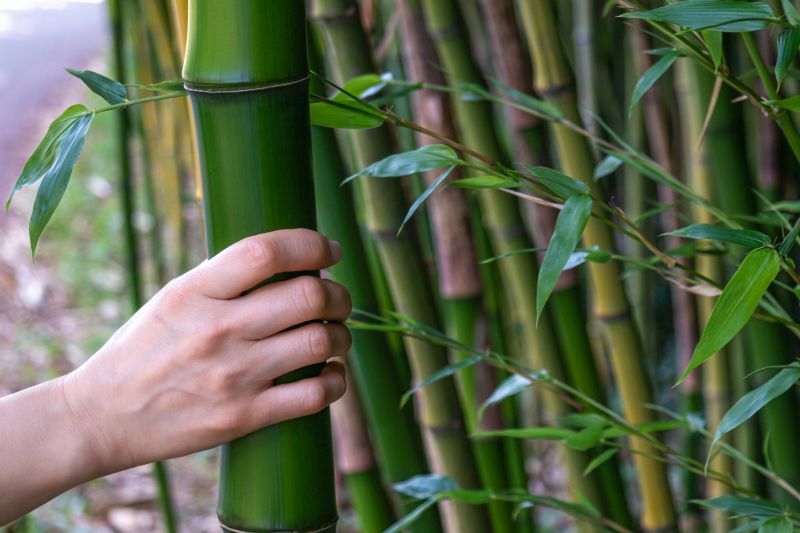
Ways to make Bamboo Removals work in tight or awkward layouts.

Popular materials for Bamboo Removals and why they hold up over time.

Simple add-ons that improve Bamboo Removals without blowing the budget.

High-end options that actually feel worth it for Bamboo Removals.

Finishes and colors that play nicely with Bamboo Removals.
Bamboo removal involves careful planning to ensure complete eradication and prevent future growth. It is a fast-growing plant capable of reaching heights of up to 35 feet within a year. Effective removal reduces underground rhizome spread, which can extend several feet underground and produce new shoots. Statistics show that improper timing can result in regrowth rates exceeding 80% within a year if rhizomes are not thoroughly removed.

Chainsaws and manual cutters are used for removing mature stalks.

Digging out underground rhizomes is essential for complete removal.
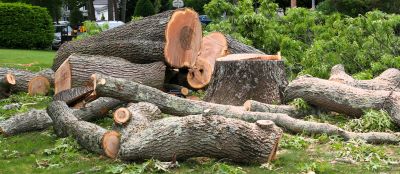
Cleared areas ready for landscaping or new planting.
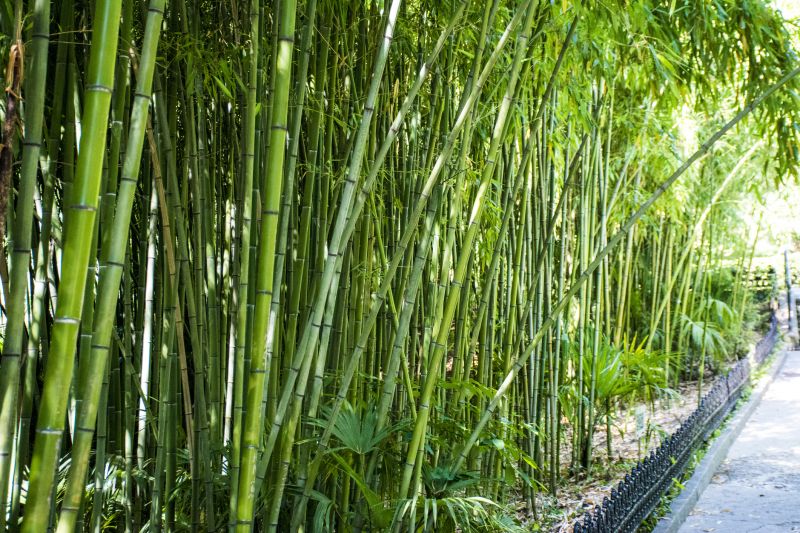
Underground rhizomes can extend several feet, requiring thorough removal.
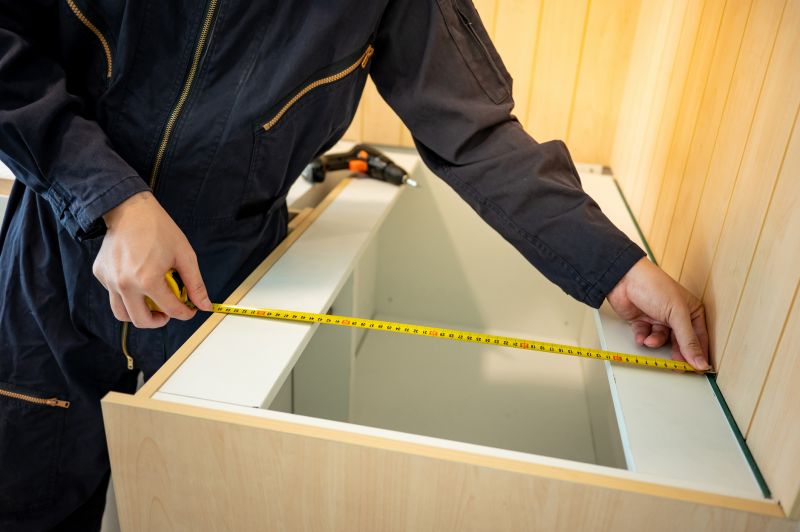
Little measurements that prevent headaches on Bamboo Removals day.

A 60-second routine that keeps Bamboo Removals looking new.
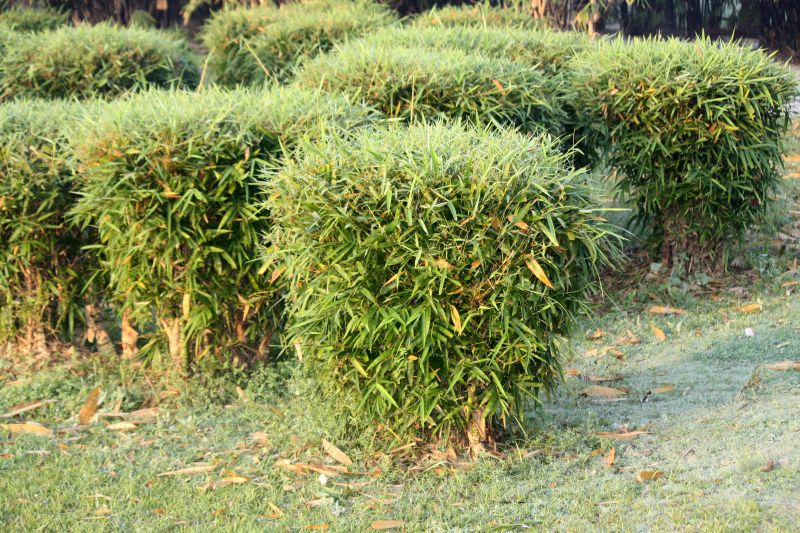
A frequent mistake in Bamboo Removals and how to dodge it.

Small tweaks to make Bamboo Removals safer and easier to use.
| Aspect | Details |
|---|---|
| Dormant Season | Late winter to early spring is ideal for removal. |
| Active Growth | Removal during this time may lead to rapid regrowth. |
| Climate Factors | Warmer climates may have multiple growth cycles. |
| Weather Conditions | Dry weather facilitates easier extraction. |
| Landscaping Plans | Coordinate removal with landscaping schedules. |
| Soil Moisture | Avoid removal during excessively wet conditions. |
| Regrowth Risk | Improper timing increases likelihood of regrowth. |
Timely bamboo removal is crucial for effective management and long-term control. Properly scheduled removal during dormancy minimizes regrowth and reduces labor costs. Understanding local climate and growth patterns enhances decision-making, ensuring that bamboo is removed at the most advantageous time for property maintenance.

Underground rhizomes require thorough excavation for complete removal.
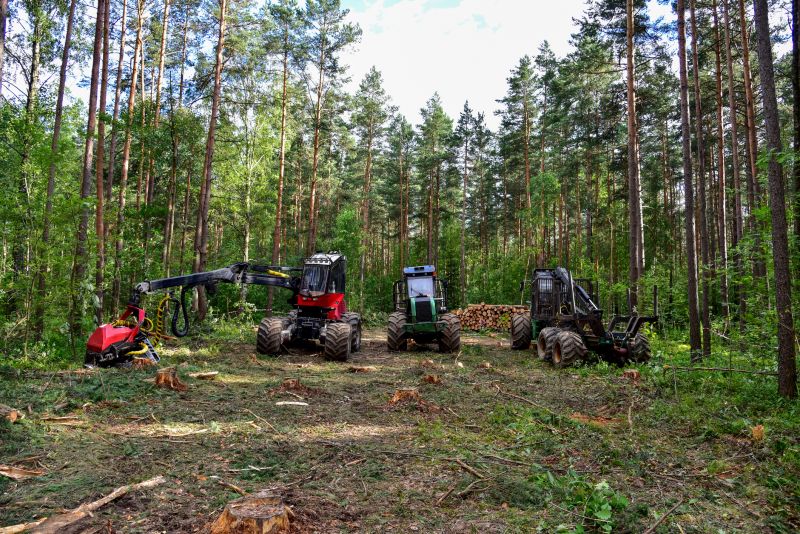
Tools used during different stages of bamboo extraction.
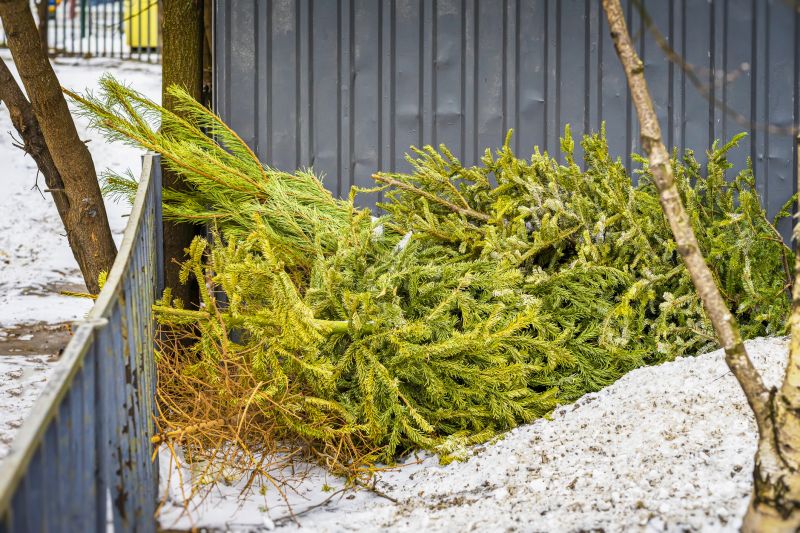
Post-removal site prepared for landscaping or other use.

Lower-waste or water-saving choices for Bamboo Removals.

The short, realistic tool list for quality Bamboo Removals.
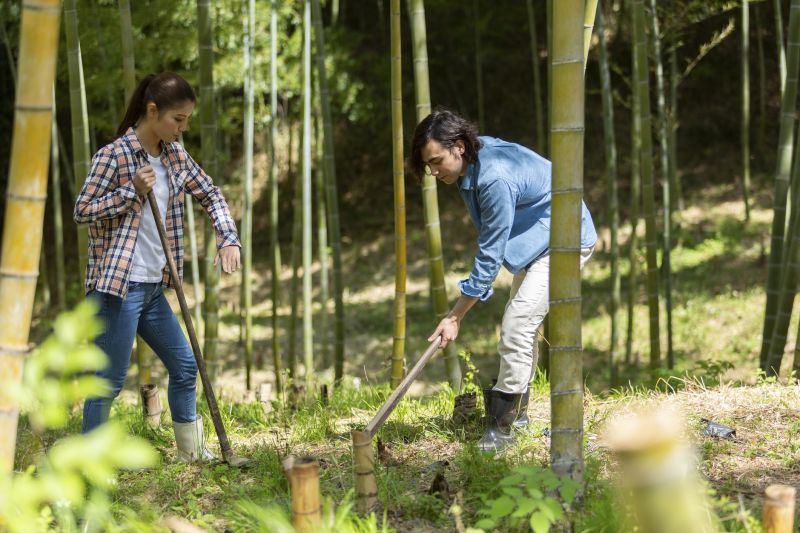
Rough timing from prep to clean-up for Bamboo Removals.
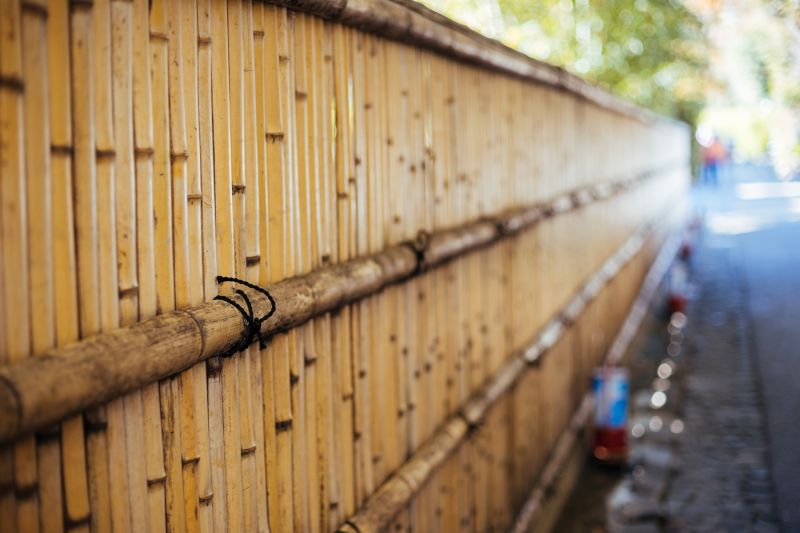
Quick checks and paperwork to keep after Bamboo Removals.
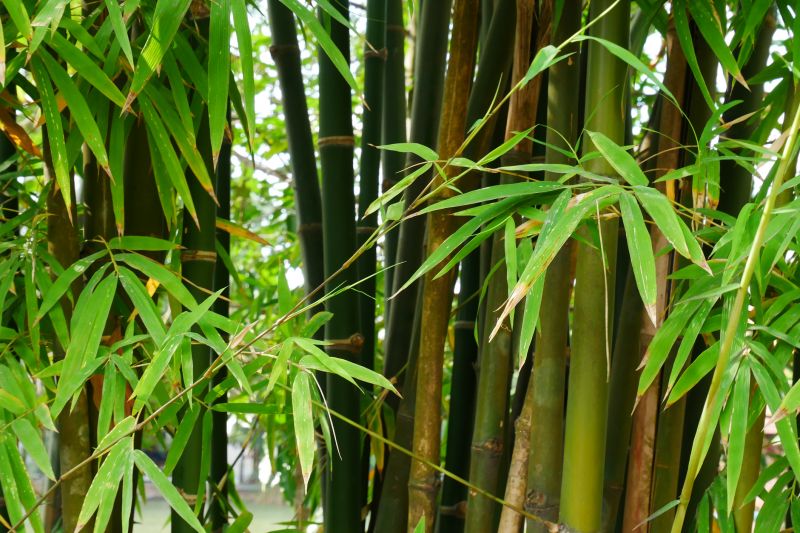
Examples that show the impact a good Bamboo Removals can make.
Interested in bamboo removal services? Filling out the contact form provides an opportunity to discuss specific needs and schedule an appropriate removal timeframe. Proper timing and thorough removal techniques are essential for effective bamboo management and long-term property care.
